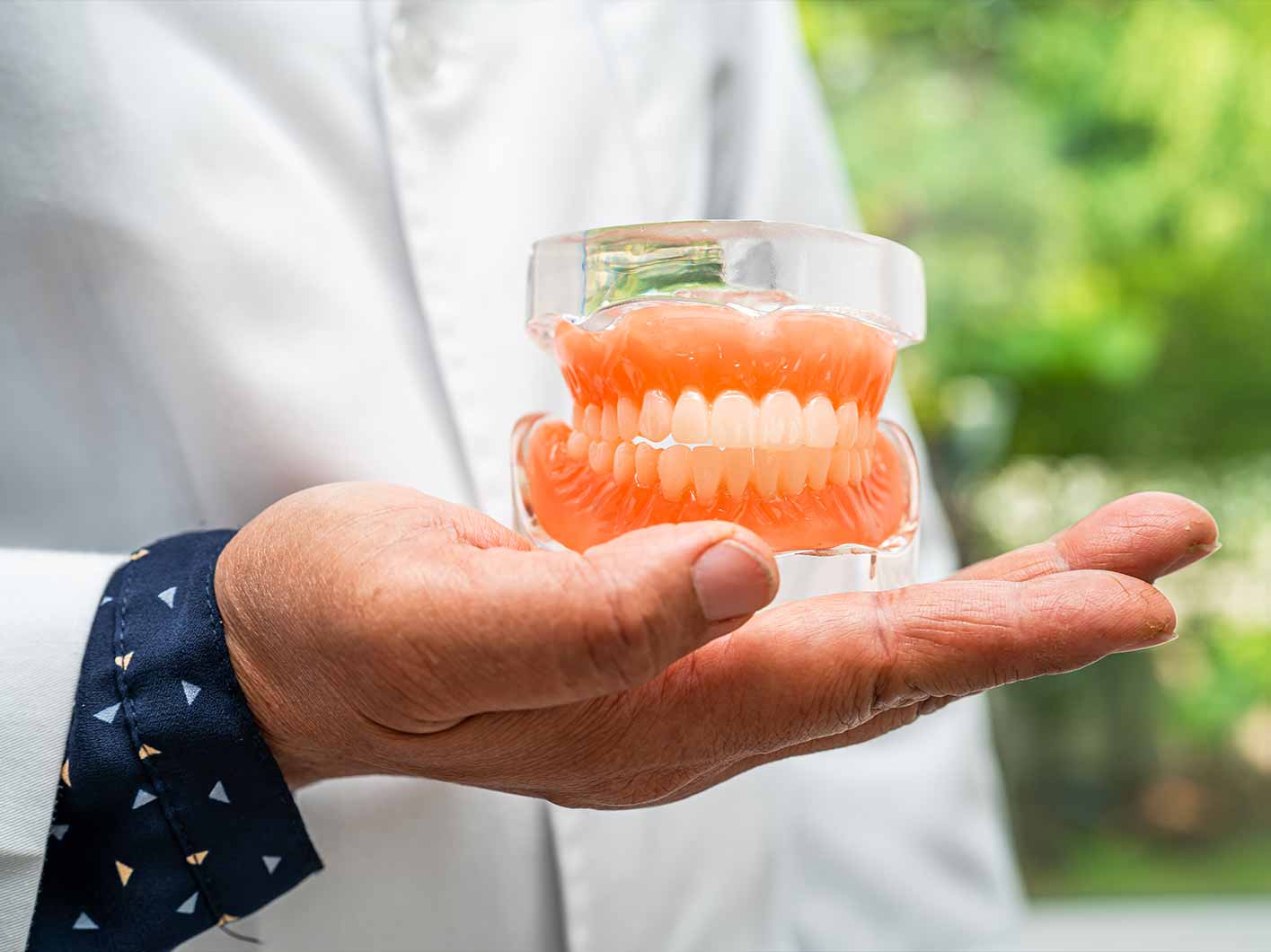
Dental Prosthesis
Dental Prosthesis
Dental prosthetics are artificial teeth used to replace missing teeth or address the aesthetic and functional issues resulting from tooth loss. Prosthetics are designed to fit the oral structure and are placed within the mouth. Both full dentures and partial dentures are available, providing a natural appearance and chewing function similar to natural teeth.
Dental prosthetics can be categorized into two main types:
- Fixed Dental Prosthetics:
- Dental Bridge: A bridge consists of artificial teeth or tooth placed on neighboring healthy teeth. It is fixed in place and cannot be removed, used to support natural teeth.
- Implant-Supported Prosthesis: Artificial teeth or tooth fixed by attaching to dental implants. Dental implants are artificial tooth roots placed in the jawbone, and the prosthetics are connected to these implants.
- Removable Dental Prosthetics:
- Full Denture (commonly known as removable dentures): Used for individuals who have lost all of their teeth. It is designed separately for the upper and lower jaws and is removable.
- Partial Denture: Used for individuals with several missing teeth. Artificial teeth are placed on a metal frame that fits the gum, and it is attached to healthy teeth using clasps or clips. Partial dentures are also removable.
Dental prosthetic treatment may involve different materials and treatment plans depending on the patient’s condition and the dentist’s evaluation. Prosthetics provide an aesthetic appearance by using materials that match the natural tooth color. They also aid in restoring chewing and speaking functions by replacing missing teeth.
Dental prosthetic treatment is personalized based on the patient’s oral structure and needs. The treatment process may vary depending on the type of prosthesis and the dentist’s approach. You can obtain detailed information about dental prosthetic treatment from your dentist and determine the most suitable prosthetic option for you.

